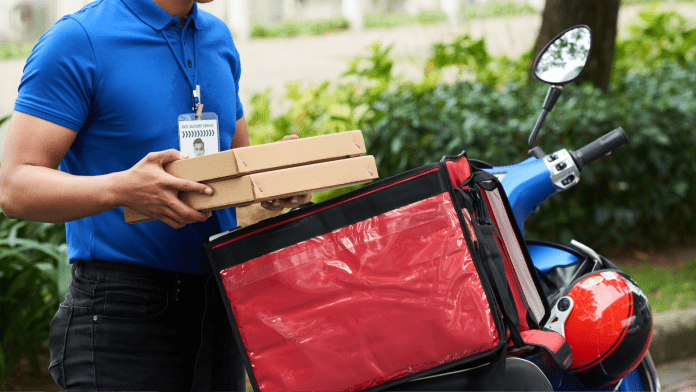A recent survey, released on Monday, revealed that the typical delivery worker on a food platform possesses higher qualifications, works more extended shifts, yet earns less compared to a similar male worker in urban India.
The survey conducted by the think tank NCAER focused on employees of a food delivery platform based on apps. It demonstrated that the average platform worker dedicates 69.3 hours per week to their job, while a worker included in the Periodic Labour Force Survey (PLFS) works for 56 hours weekly. This indicates that the platform worker puts in an additional 23% in terms of working hours.
Additionally, the survey indicated a decline in the average actual monthly earnings, dropping from INR 13,471 per month in 2019 to INR 11,963 by the conclusion of May 2022, primarily due to the increased proportion of fuel expenses. However, in comparison to a similar worker, the monthly income was lower by 8% at INR 20,774, compared to INR 22,494. The disparity in hourly wages would result in a substantially greater difference.
Exacerbating the issue is the lack of health insurance coverage, despite the availability of accident insurance. In contrast, approximately one-third of the average workers covered under PLFS enjoyed some form of social security protection. Additionally, the workers on the app-based platform did not receive compensated leave, unlike their comparable worker counterparts, over 35% of whom had access to such benefits.
The survey revealed that more than 66% of the food delivery workers had become part of the platform with the intention of achieving a higher income. While the respondents pointed to accessible entry as one of the factors, 9% joined as a result of unemployment, out of which 67% made this decision during the pandemic, amounting to 6% of the total worker base.
The survey findings unveiled that possessing a two-wheeler, which was a requirement for the job, did not pose as significant of an obstacle as owning a smartphone – a crucial tool for food delivery. Only 55% of individuals had smartphones prior to securing a contract. Additionally, the average app worker needed to invest more than INR 680 to purchase a kit containing T-shirts and bags.




